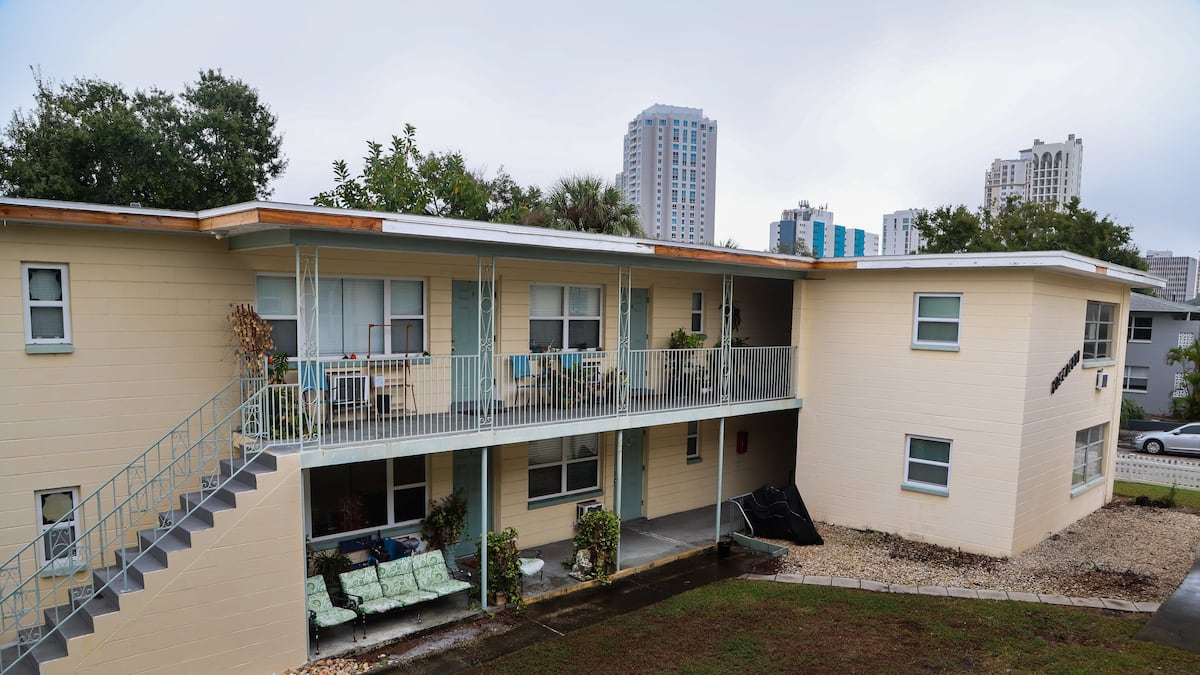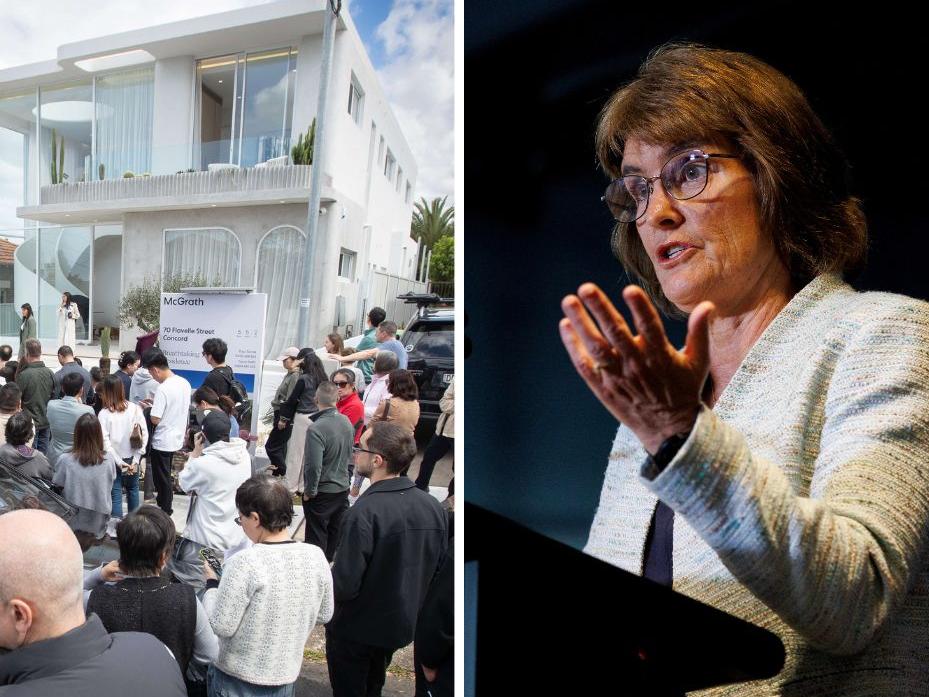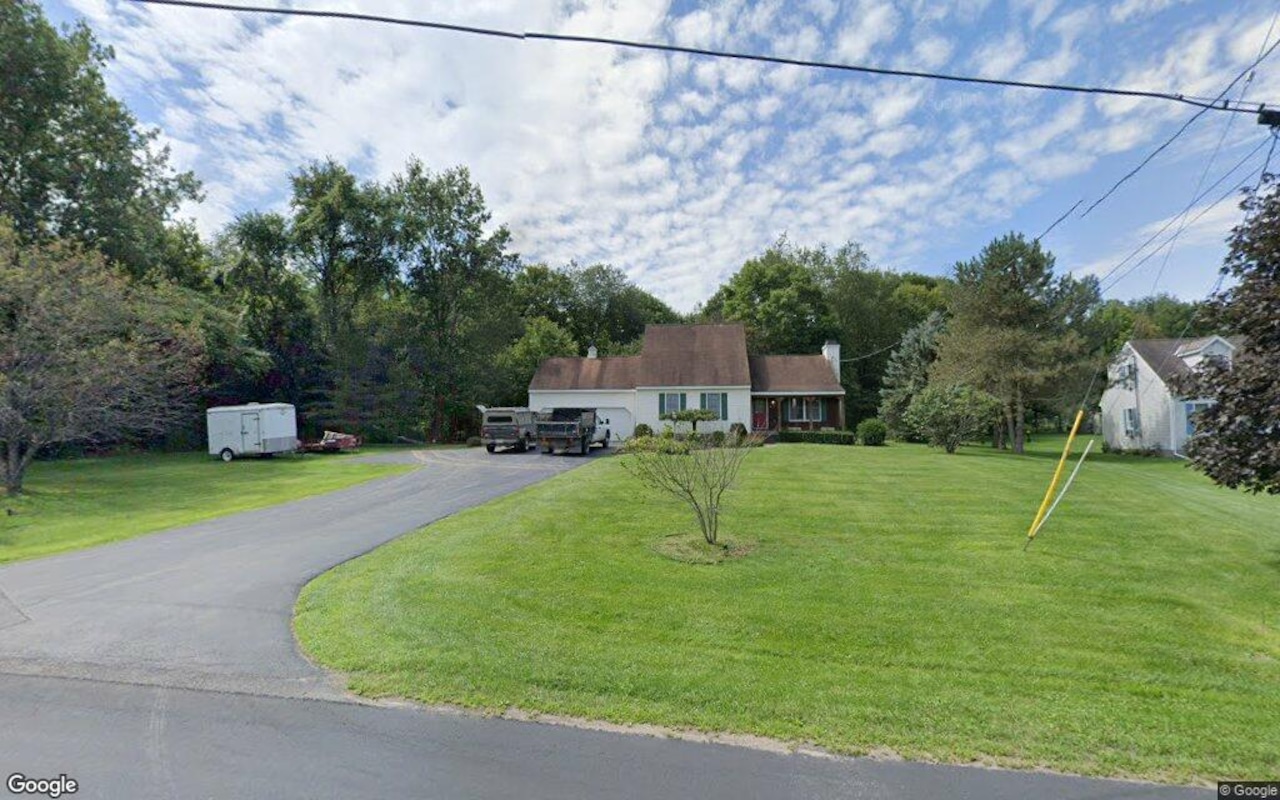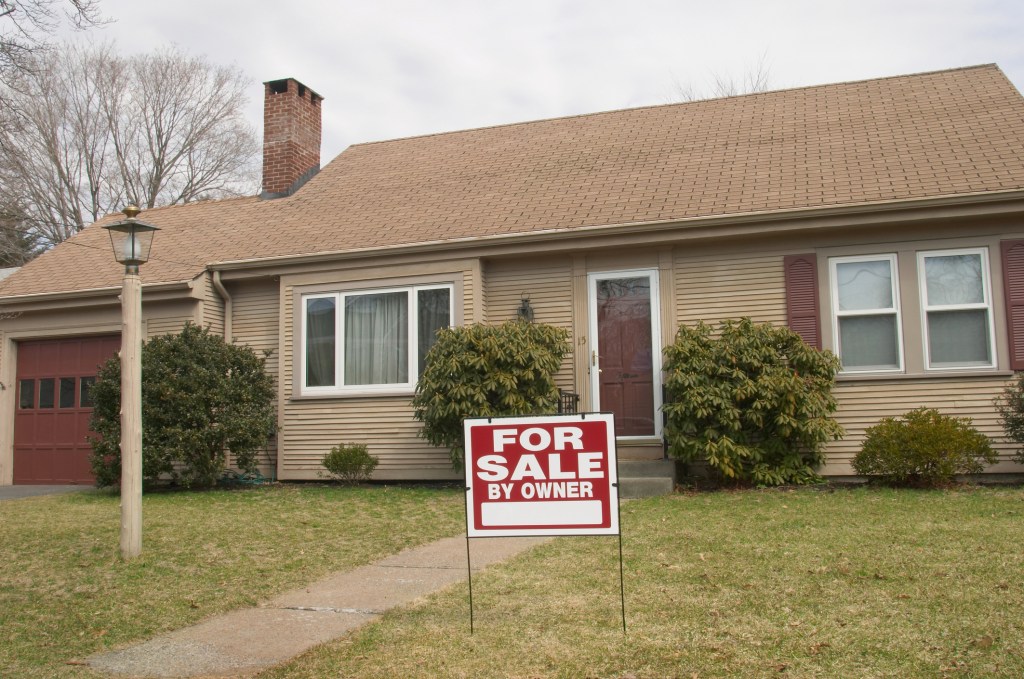D
eveloper Eli Lever has been documenting his challenges and progress building an eight-story, 49-unit market-rate project in Brooklyn through a series of videos. His efforts should be required viewing for advocates who view developers' income as "profit" rather than earnings from difficult work. The primary reason rents are higher at market-rate projects is less public subsidy, not profit.
Lever's site encountered unpredictable obstacles, including the discovery of an ancient well and hard underground material that bent steel piles. He also had to use a more expensive construction method due to city agency materials blocking one entrance. A measurement error led to contractors discovering piles were driven two feet short of their intended location.
Lever notes the irony of dirt availability: when needed, it's scarce and costly; when unwanted, nobody wants it, and removal is pricey. The 115 truckloads of dirt removal cost around $1,000 each. Despite these challenges, Lever expects to complete his project for $350,000 per apartment, less than half the cost of a nearby affordable housing development.
Jay Martin of the New York Apartment Association pointed out that Lever had to pay for the land, unlike the nonprofit building affordable housing nearby. Dave Gordon added that market-rate units can be built at significantly lower costs in Los Angeles compared to affordable housing projects.
A reader suggested that the affordable housing builder could have offered $500,000 per apartment for Lever's units and both parties would have walked away happy. Lever agreed. The article also touches on the Rent Guidelines Board's role in rent-stabilized owners' mortgage payments and a City Council bill aimed at converting unused industrial areas into urban agriculture sites.
A LendingTree study found that five of the top 10 markets where homes with mortgages are most likely to be owned by people 65 and older are in California. This may be due to Prop 13, which limits annual property tax increases on a home until the owner sells. The law has contributed to a sclerotic housing market, with empty nesters staying put rather than moving into smaller homes that could be available to growing families.
The article also discusses electric vehicle chargers in parking garages, noting that only about a third of owners have installed them and that compliance with Local Law 55 is not the primary driver. The Real Deal's story on this topic has been among its most viewed articles this month.















